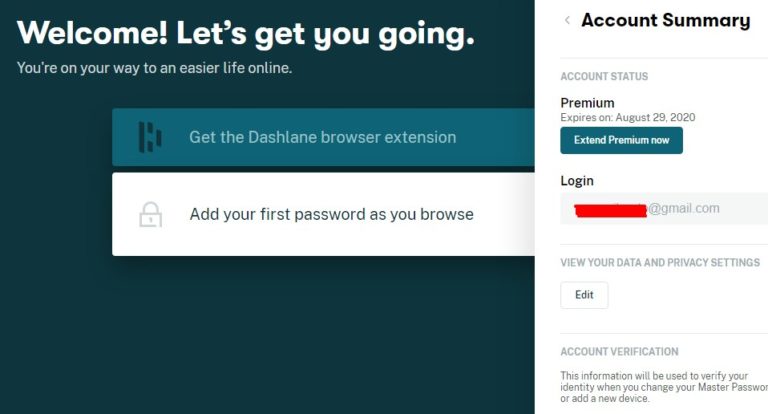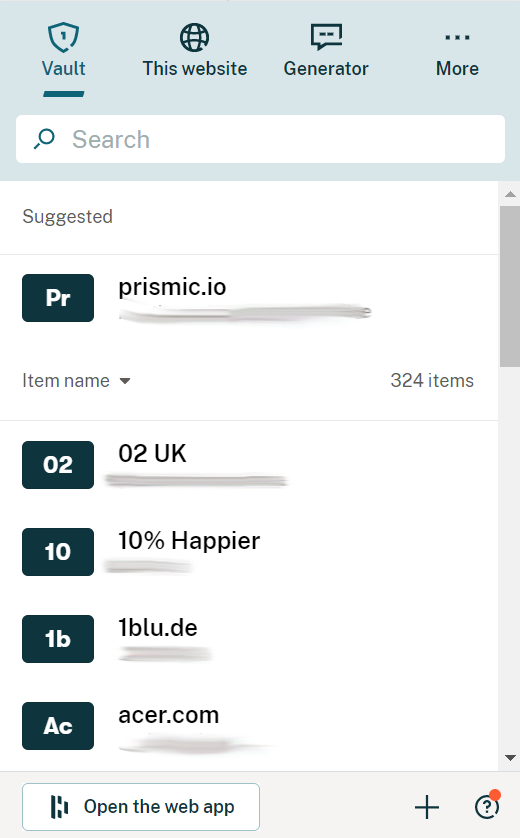

These are protected by a master password. Whether they allow browsers to save passwords, rely on Apple’s Keychain or another operating system utility, or trust a dedicated app, most people and organizations now use some form of password management utility.Ī password manager creates an encrypted vault that securely stores credentials. While we continue to wait for the long-awaited password-less future to arrive, individuals and enterprises are still stuck with the problem of how to manage their countless, proliferating login credentials.

If your organization uses SSO, you’ll use your SSO login for Dashlane and won’t need to create a Master Password.The first guide of our two-part series helps consumers choose the best way to manage their login credentials Dashlane encrypts all your data and never stores or transmits your Master Password, which means only you can access your vault, even in the unlikely event of a server breach. When creating an account, members that aren’t using SSO are asked to set a strong Master Password-the encryption key used to unlock the account. Admins can protect their organization by setting policies to easily onboard, offboard, and manage employees’ access to work accounts. Password managers also help businesses improve their cybersecurity. That means you’ll never have to remember or enter a complex password again. With a password manager, you can generate, save, and autofill unique, complex passwords. Plus, your information syncs seamlessly across your devices, so you’ll always have access to your logins when you need them, even if you’re offline. Password managers also enable you to share passwords with groups and individuals, so you and your team can work more efficiently.

A password manager makes it easy by remembering them for you. Remembering all your work and personal passwords is difficult.


 0 kommentar(er)
0 kommentar(er)
